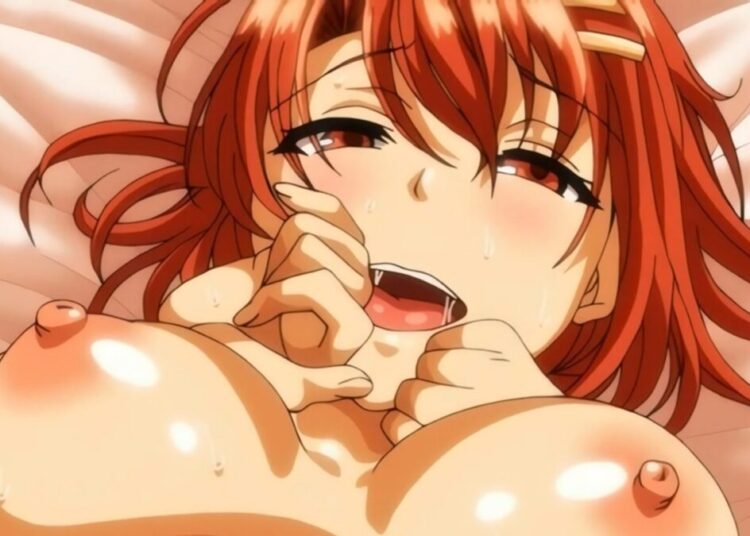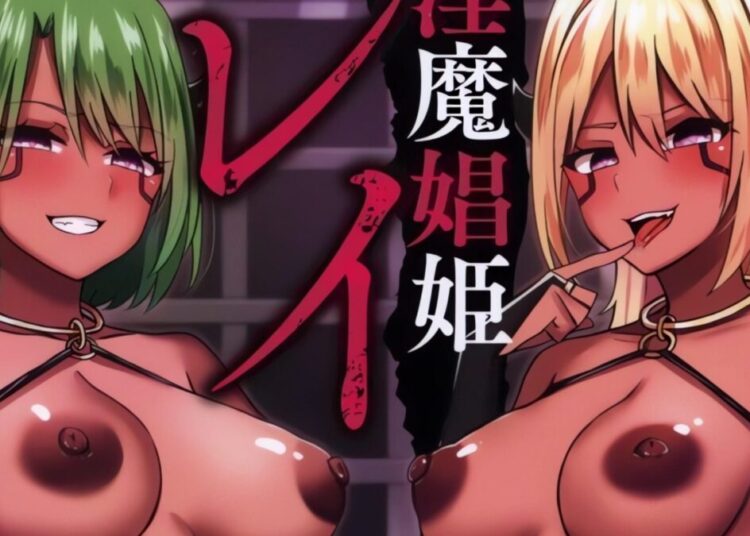As anyone familiar with Japan would tell you, the arcade scene is as much an institution as anime and manga have become. Amidst the various works that have spawned from there is a seedier subgenre of h-games (ranging from puzzles to sports-themed titles) which offered explicit content, provided you had enough coins or patience. While most of these have come and gone, among the most notable is SETA Corporation’s Super Real Mahjong series, which first debuted in 1987. Though not the first of its kind (the earliest commercial work dates back to 1983), it not only maintains a loyal fandom but has managed to endure as a franchise long after its heyday.
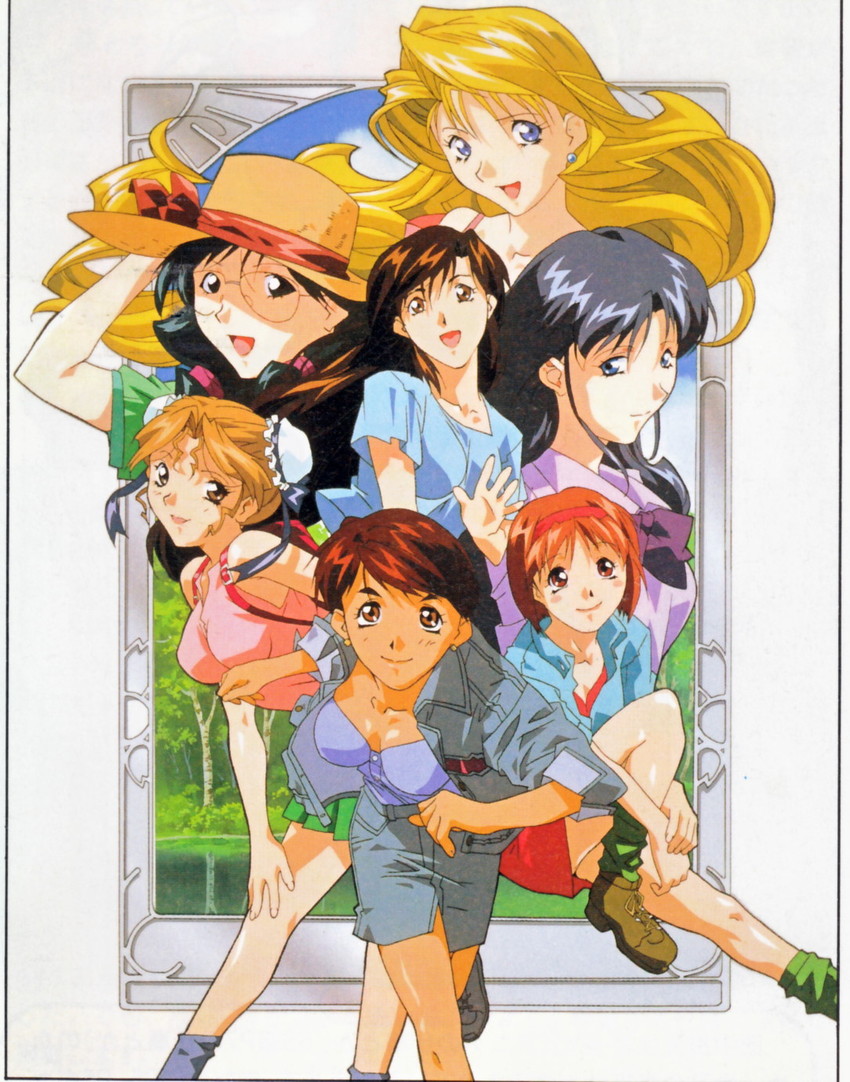
Alas, like more than a few other erotic-themed arcade titles, none of its myriad titles have seen a western release. Even the recent Super Real Mahjong Love 2~7! compilation (2020) for PC and Nintendo Switch (the latter is censored) isn’t likely to cross the Pacific anytime soon, whether due to its strip poker-esque concept or a perceived sense of immorality. This is a pity, as there’s more here than just removing girls’ clothes.
Even in censored form, the fact that the series managed to make it onto the Switch at all is impressive. Circa 2020. (Source: YouTube)
Still, is it really worth checking out, or is this just another mild curiosity of the erotic kind?
Playing Your Tiles Well
On the surface, Super Real Mahjong sounds exactly like what you’d expect. For most of its main iterations, the primary gameplay loop involves playing a simplified version of the ancient Chinese game’s Japanese variant. Yet like western-style strip poker, the goal is to keep winning, with the reward being your female opponent taking off a piece of her clothing. While it’s easier said than done, as getting too cocky with your luck and losing too many of your points will result in a game over, winning is far from impossible if you know which tiles to use. So far, it sounds like a decent enough take on the setup, but nothing out of the ordinary. Looks, though, can be deceiving.
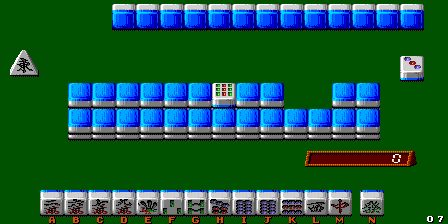
Granted, the very first iteration in 1987 didn’t have any actual nudity, with the most you could see being a woman’s hand and cigarette. The release of PII that same year, however, introduced a distinct, voice-acted opponent named Showko (Yuriko Yamamoto) and animated strip sequences, thanks to Ryo Tanaka of Fist of the North Star, Virtual Fighter, and YuYu Hakusho fame. These allowed Super Real Mahjong to not only stand out from its competitors, many of which were content with just pixelated pictures or low-resolution sprites. It also set a precedent, proving to others that you could make an arcade h-game with an actual budget and polish.
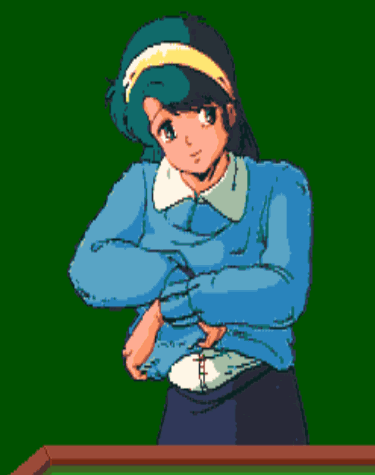
At any rate, this proved profitable enough for SETA to continue adding on and refining in subsequent entries, with similar success. Several more titles were released over the 1990s, each introducing more heroines and secrets per game. Moreover, not only were these being made for arcade backrooms during this time, but so too were console ports as varied as for the SNES, TurboGrafx-CD, and SEGA Saturn. Taking a closer look at those games, and the girls featured on them, it doesn’t take long to see why these series took off.
Mahjong with Character
What also makes Super Real Mahjong distinctive is its presentation and character. You’re not just “dueling” against AI opponents with variable difficulty ratings. Rather, those opponents have their own names, personalities, and quirks that make them feel more real. Whether it’s the tomboyish Mizuki Toono from PV (1994), the stern and domineering Serika Randou from PV7 (1997), or the upbeat Showko herself as a recurring mascot, the games have no lack of likable heroines.
As early as 1990, the games proved popular enough for SETA to have an OVA made featuring the main heroines of the time, as well as their arcade voice actresses. (Source: YouTube)
Especially in later entries and updated releases, the production values become a major draw. From the inclusion of mini-story plotlines, to the heroines visibly and audibly reacting to your moves in-game, it can at times come off like an animated visual novel rather than strip mahjong hijinks. These both dampen the learning curve and incentivize you to keep playing.
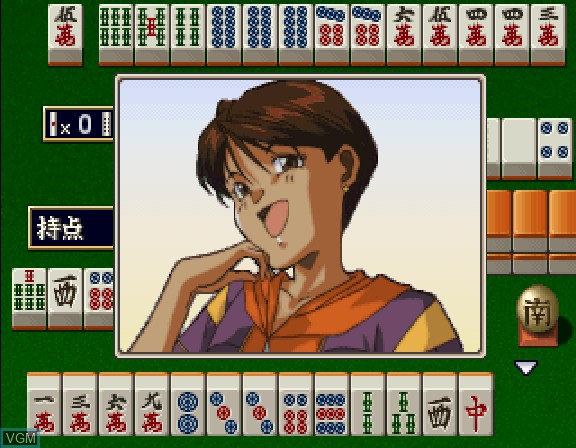
It’s little surprise, then, how the series quickly solidified its position as one of the best of its kind, and maintain that quality throughout the ’90s. That the girls were also designed to be attractive in the various racy cutscenes, thanks to Ryo Tanaka’s art and direct involvement, certainly helped.
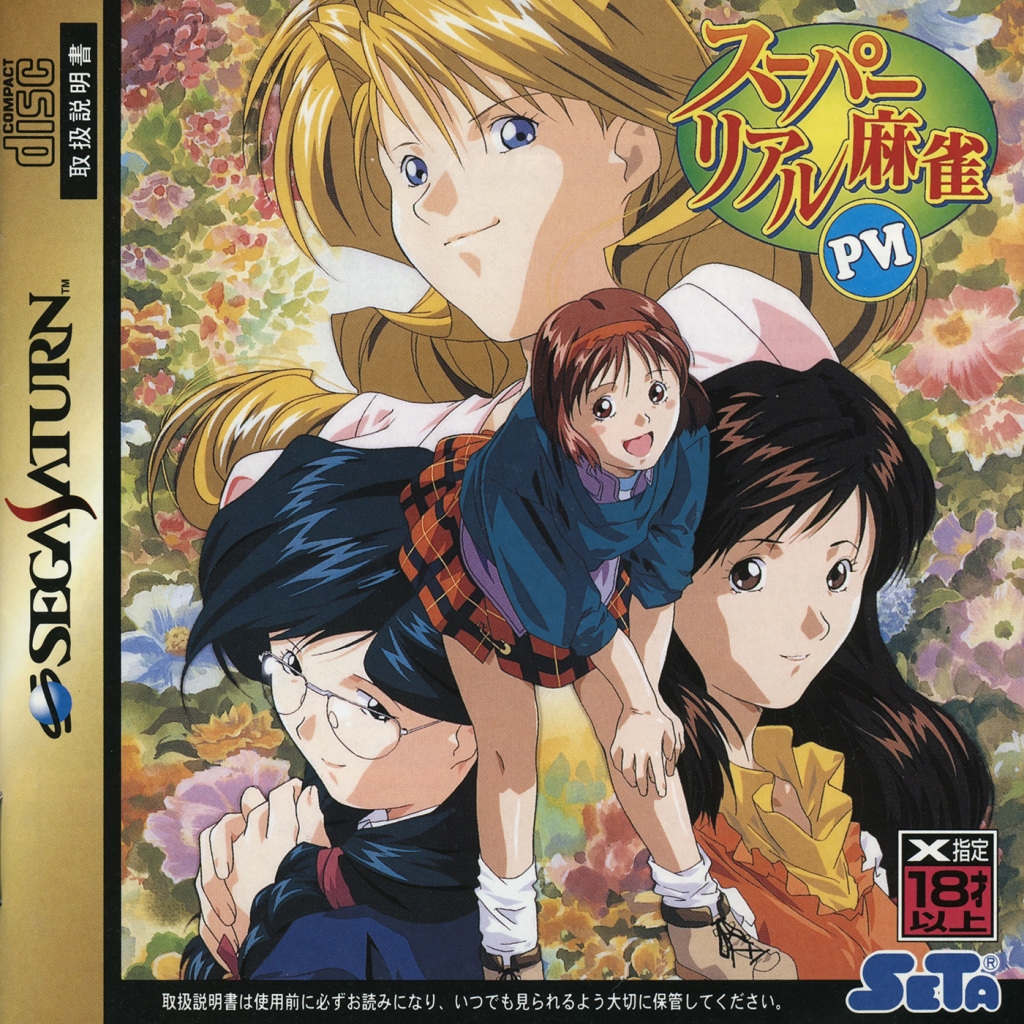
Death and Rebirth
Despite the series’ popularity, those glory days were not to last.
Over the ’90s, there was a trend towards stricter decency standards among console makers and the Japan Amusement Machine and Marketing Association (JAMMA), especially as concerns rose over young teens having access to such works in arcades. Then, according to SUPERJUMP Magazine, came the 1996 World Congress Against Sexual Exploitation of Children and Adolescents in Sweden, which infamously singled out Japan not just for its then-lax laws against child pornography, but also for allegedly exploitative content in works like Super Real Mahjong. This led to the ratification of the “Act on Regulation and Punishment of Acts Relating to Child Prostitution and Child Pornography, and the Protection of Children” in 1999. JAMMA, in turn, enacted further self-regulatory restrictions which forbid sexual content.
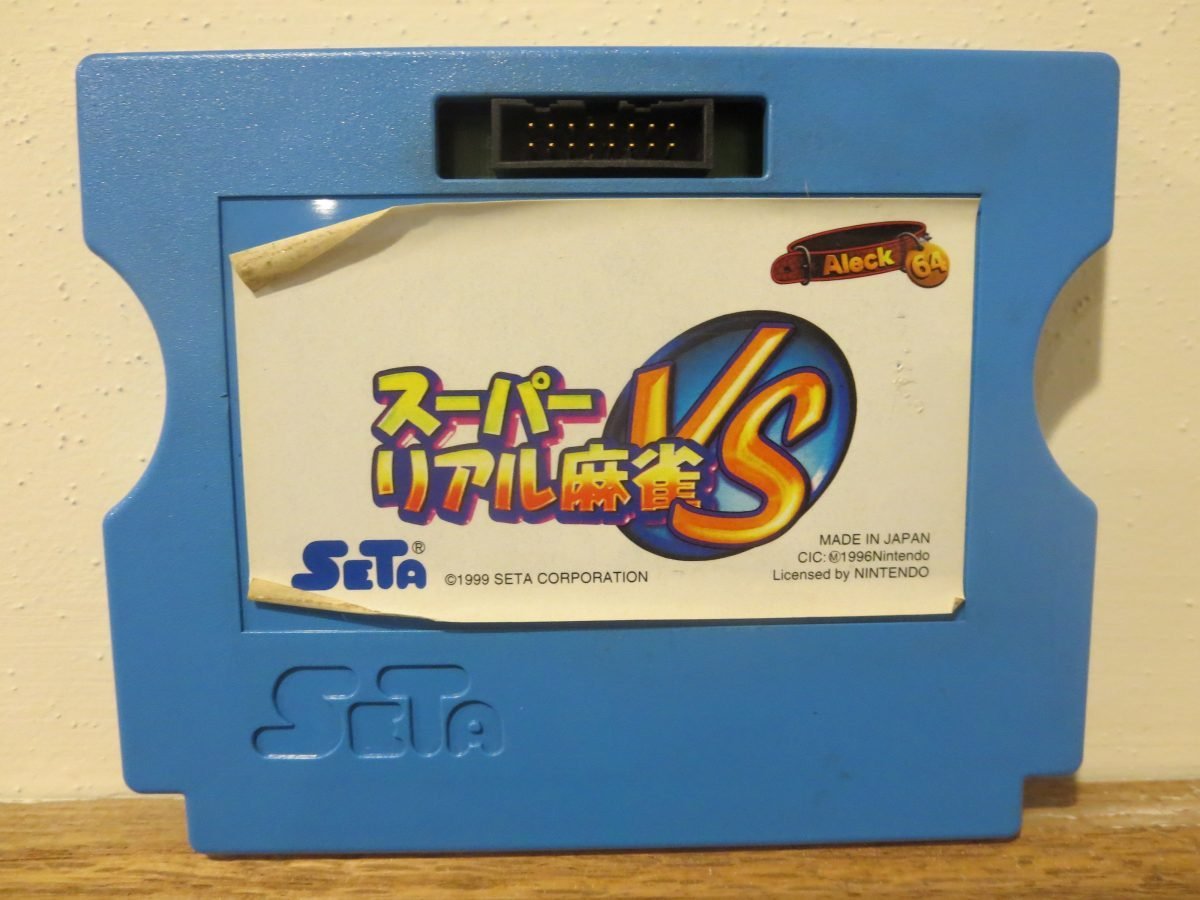
Whether due to fears of moral panic, or the strain posed by the revised standards, it wasn’t long before h-game developers at large complied, marking a death knell for sexually explicit arcade games. In the case of Super Real Mahjong, it didn’t matter whether new titles were guilty or not, the franchise had a reputation. Thus, it petered off quietly, with SETA Corporation shutting down in 2009 due to financial troubles.
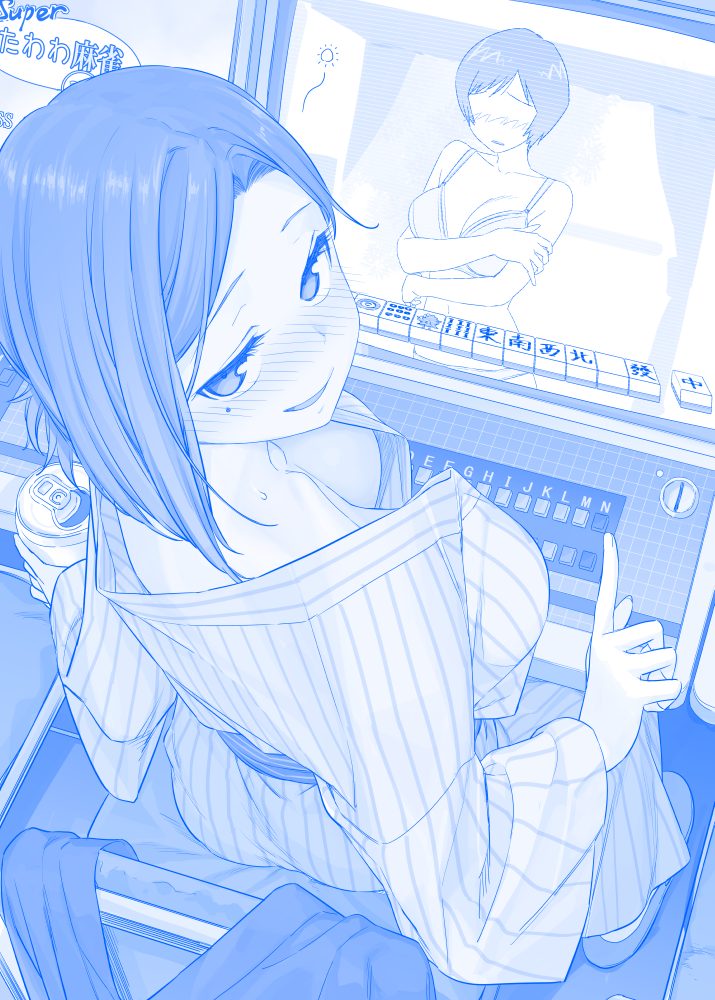
This wasn’t the end of the franchise, however. Not only had the fandom remained, with more than a few doujins popping up featuring the heroines or other influences from the games, but it also attracted a new generation of otaku that came of age long after its heyday. Such was the demand that it even brought Super Real Mahjong back to life, currently handled by Mighty Craft Co. and City Connection Co., Ltd.
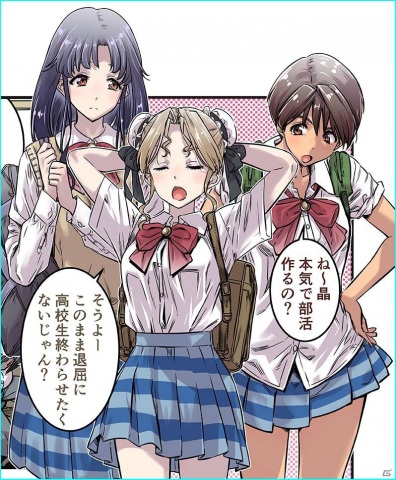
It’s not without some setbacks, with the mobile-based P8 (2018) being a more idol-oriented version that initially lacked the trademark raunchiness. Yet while it’s not likely to see a western debut anytime soon, with the warm reception of the 2020 compilation, even the censored Switch version, it’s clear that this seeming holdover from a sleazier era in Japanese arcade gaming has a lot of life in it yet.


